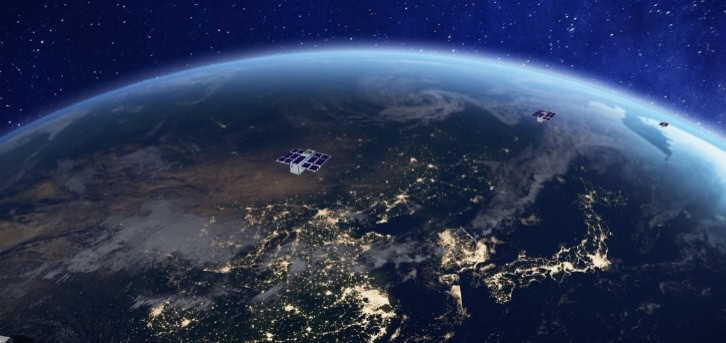
The Institute for Space Studies of Catalonia, headed by its director, the Spanish astronomer Ignasi Ribas, received a grant of 2.5 million euros from the European Union for the discovery of other habitable worlds.
Ribas and his team are engaged in a titanic undertaking: to find a second planet Earth.
Astronomer Ribas has spent years researching exoplanets, those celestial bodies that orbit stars outside our solar system. With 70 discoveries to his credit, Ribas is one of Spain’s leading “exoplanet hunters”.
However, their goal now is even more ambitious: to find “exo-Earths”, planets similar to our own in mass, size and orbit around Sun-like stars close enough to harbor liquid water on their surface.
2.5 million euros to search for a second planet Earth
This search is not new to Ribas and his team. They have been exploring the cosmos for decades, facing complex technical and scientific challenges. One of the biggest obstacles has been stellar activity that distorts faint signals from possible planets.
However, with the Spotless project, Ribas plans to overcome this challenge by reducing the noise and developing advanced algorithms to detect these tiny signals.
The funding received from the European Union involves not only the construction of sophisticated equipment, but also the hiring of highly qualified personnel to develop the algorithms and software needed to analyze the data collected by the telescopes.
This focus on human intelligence and technological innovation reflects the complexity of the task and Ribas’ determination to carry it out successfully.
Spotless project models
The Spotless project is expected to last five years, during which time digital simulations will be used to study stars with their spots and faculae. These models will make it possible to identify variations in starlight caused by the presence of possible exotherms.
In addition, the project will involve collaboration with state-of-the-art instruments such as the Espresso from Chile’s Very Large Telescope and NASA’s James Webb Telescope to further expand the observational and analytical capabilities of the database and validate the new models.
Ribas is optimistic about the future of the search for exoearths. He believes it is very likely that the first “exo-Earths” will be discovered within the next five years, although he acknowledges the challenges they still face, especially in the characterization of planetary atmospheres.
However, with the right technology and talent, Ribas and his team are determined to unravel the mysteries of the universe and find a new home beyond our solar system.
